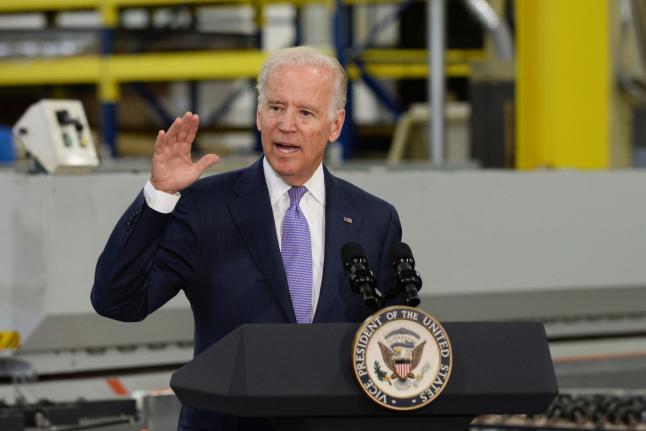BOSTON, Oct. 20 (UPI) — The Obama administration moved to block a bankruptcy court from erasing student loan debt saying such an allowance would jeopardize the fiscal stability of the loan program, a move that stands in sharp contrast to the administration’s announcement it is in support of repealing part of the 2005 legislation championed by Vice President Joe Biden.
U.S. Department of Education attorneys, intervening in the case of a 65-year-old man seeking to erase his student loans in bankruptcy, urged the court to stand firm with borrowers who claim they are in a dire financial situation. Attorneys argued thatRobert Murphy of Massachusetts, unemployed and of retirement age, has plenty of chances to go back to work or hit the jackpot
No student debtors should get a break unless there is a “certainty of hopelessness” with circumstances that have a “total incapacity” to change, attorneys said.
“An individual’s economic circumstances may change over time,” attorneys said. “Improvements in the national economy may offer new employment prospects, changes in family circumstances may reduce the number of the debtor’s dependents, a spouse may enter or reenter the workforce, or the debtor may benefit from an inheritance or other windfall.”
Murphy requested The First Circuit Court of Appeals discharge several Parent Plus student loans, backed by the Department of Education, he took out for his children. Murphy is asking the court to define what “undue hardship” means when it comes to repaying student loan debt. A win for Murphy could change the way U.S. bankruptcy courts handle outstanding student loan debt.
Murphy lost his $165,000-a-year job as president of a manufacturing company in 2002. While looking for work in the past 13 years, he’s dried up his retirement savings and his home was recently foreclosed. Murphy estimates if he were to find a $50,000-a-year job now and pay until he turns 77, the balance of his loans would still grow to $500,000 with interest.
Court records show Murphy took out twelve loans between 2001 and 2007, totaling $220,765.
Beginning in the 1970s, lawmakers began changing bankruptcy laws to edge out student loans from release. In 2005, Biden, then a U.S. senator from Delaware,helped secure legislation that would permanently bar both public and private-backed student loans from bankruptcy proceedings.
In early October, the administration announced it wants to rescind the law for private education loans, saying there are fewer consumer protections than with federal loans.
“There are strong grounds for maintaining different standards for federal student loans,” the Education Department said. “Federal loans are not underwritten, have generous terms and protections, and the payments can be limited based on income. Private student loans, by contrast, are underwritten and most do not have a built in income- driven repayment plan.”
Education debt has become a leading talking point for candidates seeking Republican and Democratic nominations for president. If Biden decides to make a bid for the Democratic nomination, his work on bankruptcy laws and student loans could open even more debate.
Nationally, student loans are the second-largest class of U.S. consumer debt behind mortgages. Since 2006, student debt has more than doubled from less than $600 billion to more than $1.2 trillion. The average balance is about $30,000.






